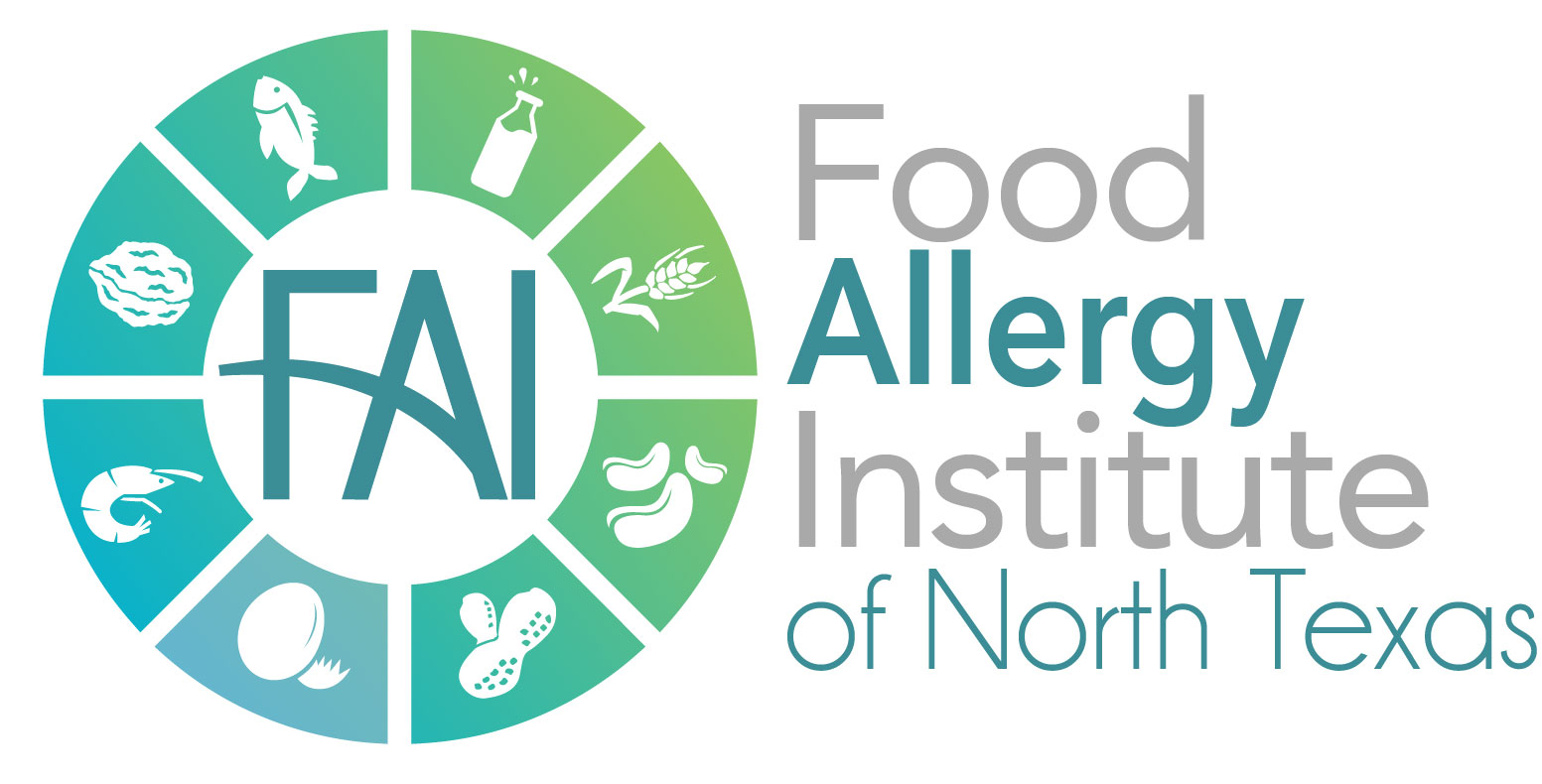17 Jan Limiting Added Sugars in Your Child’s Diet
Since its introduction in the early 1990s, the Nutrition Facts Panel is soon to experience a makeover. By July 26, 2018, food manufacturers will be required to list the amount of added sugars in the product.
The 2015-2020 Dietary Guidelines for Americans suggest that no more than 10% of our total calories should be coming from added sugars. This means that no more than 200 added sugar calories should be present in a 2,000 calorie/day diet.
The American Heart Association recommends that children aged 2-18 years consume no more than 6 tsp (25grams) of added sugars/day. Children under the age of 2 should consume no added sugars at all.
What are Added Sugars?
They are chemically identical to sugars that are naturally found in foods such as fruit and dairy products. They provide additional calories and benefits to foods without added nutrients.
Why all the Hype?
Added sugars are being targeted due to North American’s high calorie consumption, increasing obesity rates, and the associated link to chronic diseases such as heart disease and cancer.
At present, the average child and adolescent consumes approximately 80 grams of added sugar daily with boys ingesting slightly more than girls. Intake typically increases with age.
Where do we get most our Added Sugars from?
According to the National Health and Examination Survey data, 50% of added sugar intake is coming from sugar-sweetened beverages such as sodas, sports drinks and fruit juices. The other 50% is coming from cakes and cookies.
There are, however, other less conspicuous foods where added sugars lurk, such as: sauces, breads, and crackers.
Why are Added Sugars in so many foods?
Beyond adding a sweet flavor, sugar has so many functions:
*Can round flavors of tart, bitter, high acid foods.
*Influence the texture of products.
*Increases the shelf life.
*Influences the color, shape, and nutrient retention.
*Has a preservative effect that inhibits microbial growth.
*Aids in the fermentation process of yeast leavened breads.
How Can I limit Added Sugars?
First, limit intake of common sources of added sugars such as sweetened drinks, sweets, and baked goods.
Second, start to read the list of ingredients and choose foods that do not have sugar listed in the first few ingredients. Other common names for sugar include: dextrose, brown sugar, confectioners powdered sugar, corn syrup, fructose, honey, invert sugar, lactose, malt syrup, maltose, maple syrup, molasses, nectar, sucrose, and white granulated sugar.
Finally, talk to your children about how certain foods influence our bodies. Create balance without imposing overly strict rules. Creating fear and rigidity can lead to disordered thoughts and patterns so teach children about how healthy eating is a balancing act.


